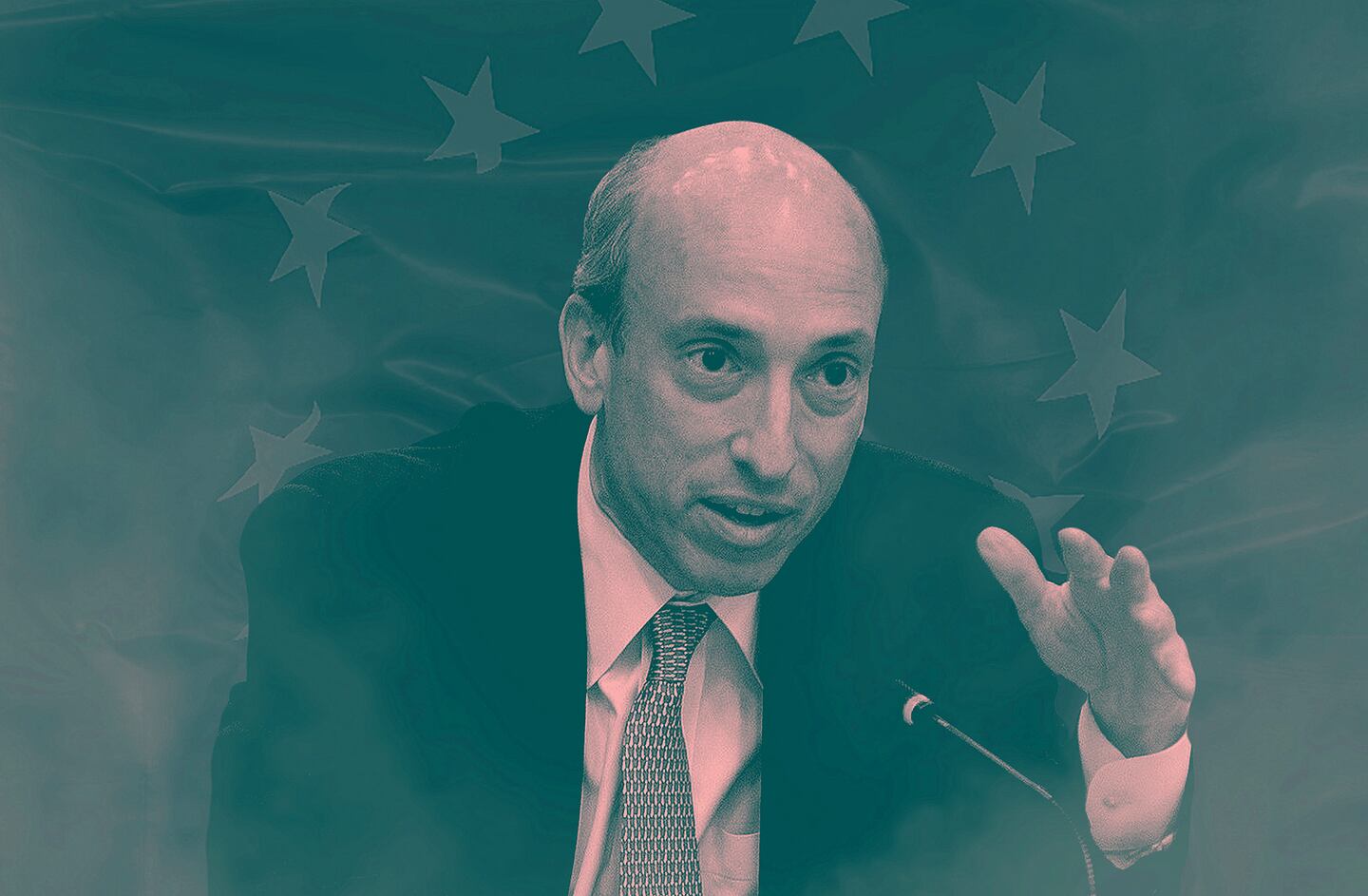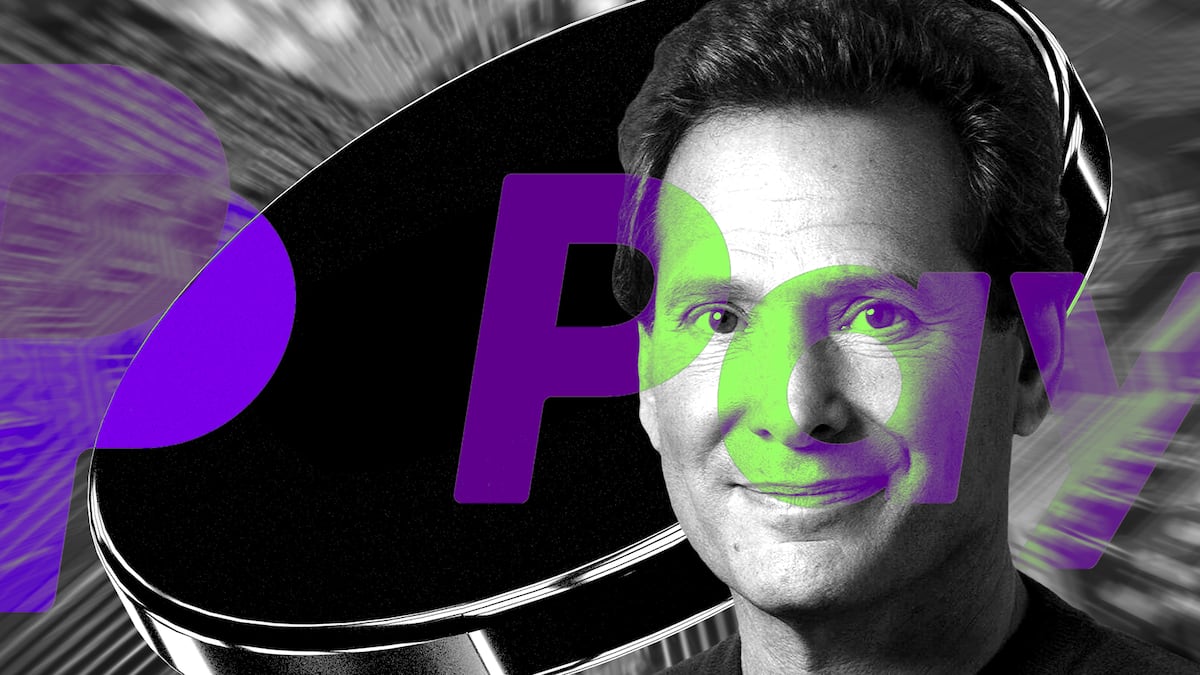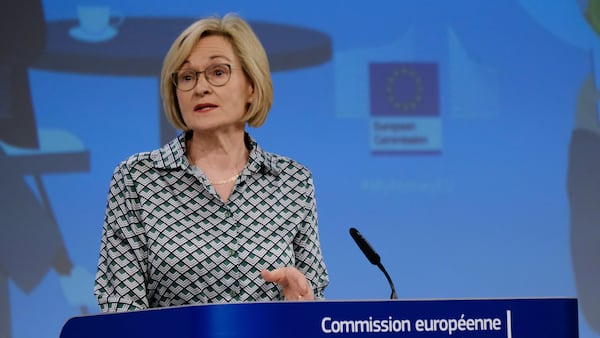- PayPal’s new stablecoin may give other stablecoins a boost.
- The news comes as US lawmakers are scrambling to create new laws to rival MiCA.
- However, time is running out, market stakeholders warn in this week's The Guidance newsletter.
- ”If the US doesn’t establish a clear regulatory framework for stablecoins like Europe already has, the market might simply shift to jurisdictions that recognise the permanence of web3 technology,” says Jon Egilsson, chair of Monerium.
A version of this story appeared in our The Guidance newsletter. If you want to read this or our other newsletters before your friends do, don’t hesitate to sign up.
Hello, Joanna here!
Happy Monday, and if you’re reading this while on holiday, I hope you’ve lost track of what day it is.
Payments giant PayPal announced last week it will launch its own dollar-backed stablecoin.
You can read our coverage by Adam Morgan McCarthy and Inbar Preiss here.
The news seems to have given the concept of stablecoins a big boost.
Stablecoins have been touted as a means to a fast, cross-border payments network without pesky banks getting in the way. But the concept has yet to prove itself at that scale.
PayPal creating a stablecoin is a big deal.
— Dan Held (@danheld) August 7, 2023
Larger institutions are coming in and legitimizing the space 👏
As Adam and Inbar write, Circle’s USDC is down more than 40% since March.
Tether has yet to prove the integrity of its reserves. The collapse of Terra didn’t do much for stablecoins’ PR, either.
NOW READ: Ex-SEC litigator on what the TerraForm Labs case means for XRP
Adam tells me that it’s difficult to make stablecoins attractive to ordinary investors because there are high barriers to entry.
“A lot of the applications can be inaccessible to most people, and even ones that are can have a lot of friction points,” he says.
‘PayPal is plugged into the system already, and its stablecoin will offer payment functionality for a broad range of things through its app and Venmo.’
— Adam Morgan McCarthy
But he thinks that if anyone can make a stablecoin accessible for ordinary investors, it’s PayPal, which commands a staggering 50% of the online payments market share.
”PayPal is plugged into the system already, and its stablecoin will offer payment functionality for a broad range of things through its app and Venmo,” Adam says.
“It has over 400 million users and its stablecoin could introduce a whole new demographic to crypto. Users over 50 are the fastest-growing demographic on PayPal, crypto skews young and male, so opening up accessibility to a broader audience is huge.”
Still, PayPal provided scant details on how the stablecoin will work, so there’s no way of knowing if they can succeed where so many others have failed in disrupting online payments.
One complexity for any US-based stablecoin issuer is the patchy regulatory landscape that’s emerging.
The US has no tailored stablecoin regulation yet. A bipartisan effort to develop a bill in the House of Representatives has come unstuck among bickering across the aisle, though a Republican version of that draft made it through a committee vote to be considered by the full House.
NOW READ: Get ready. These seven bills may decide the future of crypto in the US
Influential Democrats in the House Financial Services Committee, including Maxine Waters — a co-author of the bipartisan version of the bill — have major reservations about the version that’s through to the House floor.
The main sticking point is apparently that Republicans want to give state-level banking authorities the power to grant licences to issuer banks, while the Democrats want to keep most of that power with the Federal Reserve.
The Fed staked its own claim in the debate last week. The regulator announced a new programme for oversight of “novel activities” in banks, including crypto trading last week.
At the same time, it clarified that state-chartered banks must get the Fed’s permission to interact with payment stablecoins.
Meanwhile, the European Union has already got its Markets in Crypto-Assets regulation in play. And it’s had the very effective E-Money Directive in force since 2000, Jon Egilsson tells me.
NOW READ: MiCA is here. There are nine other EU crypto laws you should know about
Egilsson is the co-founder and chair of regulated euro token Monerium, a former academic, and served as chair of the Icelandic Central Bank’s supervisory board.
The regulatory mismatch could cost the US dearly, Egilsson says, as stablecoins move toward mainstream adoption.
”If the US doesn’t establish a clear regulatory framework for stablecoins like Europe already has, the market might simply shift to jurisdictions that recognise the permanence of web3 technology,” he says.
Joanna Wright is DL News’ London-based Regulation Correspondent. She focuses on all things crypto regulation. Got a hot tip? Reach out via email at joanna@dlnews.com or Telegram @joannallama.

SEC’s Ripple appeal has big consequences for Coinbase and Binance cases
The Securities and Exchange Commission asked last week for leave to appeal a partial ruling its lawsuit against Ripple Labs. The case is considered a precedent-setter for other crypto securities litigation, deciding the regulator’s assertion that most crypto tokens are securities.
NOW READ: Ripple Europe chief Sendi Young on beating the SEC, expansion plans, and upending SWIFT
Tweet of the week
#FactCheck:
— CryptoLaw (@CryptoLawUS) August 11, 2023
The @SECGov said it intends to appeal whether programmatic and other sales of XRP by the defendants were unregistered securities. This document does NOT challenge that the XRP token itself is not a security. 👇🏻 https://t.co/KGS6GoTzPa



